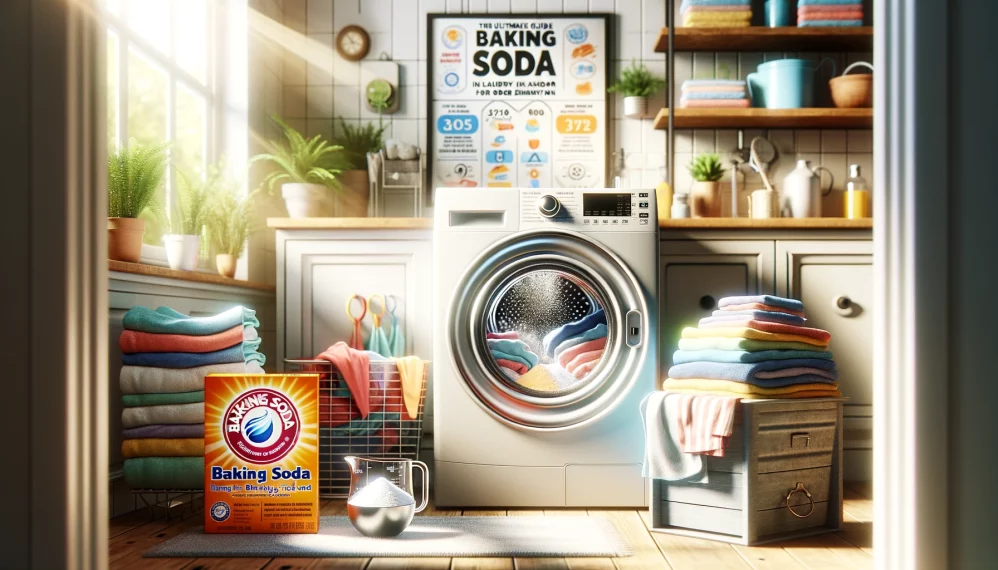Introduction
Discovering that your washing machine is refusing to complete the spin cycle can be frustrating and inconvenient. Several factors could contribute to this issue, including mechanical problems, unbalanced loads, or issues with the motor or control board. In this guide, we will explore potential causes for a washing machine failing to finish the spin cycle and provide practical troubleshooting steps to help resolve the problem. By understanding these issues and implementing appropriate solutions, you can restore the functionality of your washing machine and ensure properly washed and spun clothes.

Why is my washing machine not finishing the spin cycle?
I. Overloaded or Unbalanced Loads
-
Overloading the Washing Machine:
- An overloaded washing machine may fail to complete the spin cycle as it struggles to distribute the weight evenly. This can result in an unbalanced load that triggers the machine’s safety mechanisms and prevents the spin cycle from completing.
-
Solution:
- Reduce the size of the load to fit within the machine’s recommended capacity. Check your machine’s user manual for specific weight guidelines. If necessary, split larger loads into two or more smaller loads to prevent overloading.
-
Distribute the Load Evenly:
- Properly distribute the laundry within the drum to ensure an even distribution of weight. Large items, such as towels or bedding, should be placed around the drum rather than concentrated in one area. This helps to maintain balance during the spin cycle.

II. Machine Leveling and Stability
-
Uneven or Unstable Placement:
- A washing machine that is not properly leveled or stabilized may experience issues during the spin cycle. Uneven placement can cause the machine to rock or vibrate excessively, triggering safety mechanisms that halt the spin cycle.
-
Solution:
- Use a bubble level to ensure that the machine is placed on a level surface. Adjust the machine’s feet or floor levelers to achieve proper leveling. In addition, make sure the machine is not placed too close to walls or other objects that could impede its stability.
-
Stabilize the Machine:
- Install anti-vibration pads or rubber feet under the machine to reduce movement and vibrations. These accessories can help prevent the washing machine from shifting or rocking during the spin cycle, allowing it to complete the cycle successfully.
III. Faulty or Failing Lid or Door Switch
-
Lid or Door Switch Issues:
- Washing machines are equipped with lid or door switches that prevent the spin cycle from starting if the lid or door is not securely closed. If the switch is faulty or misaligned, it could prevent the machine from completing the spin cycle.
-
Solution:
- Inspect the lid or door switch for any signs of damage, misalignment, or obstruction. Clean the switch area and ensure that it is functioning properly. If necessary, consult the washing machine’s user manual or contact a professional for assistance with repairing or replacing the switch.

IV. Problems with Motor or Control Board
-
Motor Issues:
- If the motor responsible for spinning the drum is faulty or malfunctioning, it can cause the washing machine to fail to complete the spin cycle. Issues such as a worn-out motor belt or a damaged motor capacitor can impact the motor’s performance.
-
Solution:
- If you suspect motor problems, it is advisable to seek professional help from a washing machine technician. They can diagnose and repair motor-related issues, which may involve replacing worn-out components or the entire motor.
-
Control Board Malfunction:
- A malfunctioning control board can disrupt the operation of various components within the washing machine, including the motor. If the control board is not sending the proper signals to initiate or complete the spin cycle, it can result in a failure to spin.
-
Solution:
- If you suspect a control board issue, consult the washing machine’s user manual for troubleshooting steps. This may involve resetting the control board or performing other recommended actions. If the problem persists, consider contacting a professional for further diagnosis and repair.
V. Clogged or Faulty Drain Pump
-
Drain Pump Obstruction:
- A clogged or obstructed drain pump can prevent the washing machine from draining properly, which can, in turn, disrupt the spin cycle. Debris, foreign objects, or a buildup of lint can impede the pump’s performance.
-
Solution:
- Begin by inspecting the drain and drain hose for any blockages or kinks. Clear any debris or obstructions that may be hindering the drainage process. If the problem persists, check the drain pump itself for any clogs or issues. Remove and clean the pump or seek professional assistance if needed.

VI. Other Possible Causes and Solutions
-
Malfunctioning Shock Absorbers:
- Shock absorbers help stabilize the drum during agitation and spin cycles. If these components are worn out, damaged, or faulty, they can disrupt the spin cycle. Excessive vibration or bouncing may indicate a problem with the shock absorbers.
-
Solution:
- If you suspect issues with the shock absorbers, consult the washing machine’s user manual for guidance on inspecting and replacing these components. Consider seeking professional assistance if necessary.
-
Faulty Speed or Position Sensors:
- Speed and position sensors within the washing machine monitor and control the drum’s rotation and movement during the spin cycle. If these sensors malfunction or provide inaccurate readings, it can result in the spin cycle not completing.
-
Solution:
- Contact a professional washing machine technician to diagnose and repair any issues related to speed or position sensors. These sensitive components may require expertise and specialized tools for proper diagnosis and replacement.
VII. Seeking Professional Assistance
If the troubleshooting steps outlined above do not resolve the issue, or if you are uncomfortable performing repairs on your own, it is recommended to contact a qualified washing machine technician. They can inspect and diagnose the problem accurately, ensuring that all necessary repairs or replacements are carried out effectively.

VIII. Conclusion
When a washing machine fails to complete the spin cycle, it can be a frustrating situation. By understanding the potential causes, such as overloaded or unbalanced loads, machine leveling, faulty lid or door switches, motor or control board issues, and clogged drain pumps, you can troubleshoot the problem and take appropriate corrective measures. Regular maintenance, proper load distribution, and following manufacturer guidelines are vital for maintaining the optimal performance of your washing machine. If self-repairs are not successful, seeking professional assistance ensures that the necessary repairs are performed and allows for a properly functioning washing machine that successfully completes the spin cycle.

